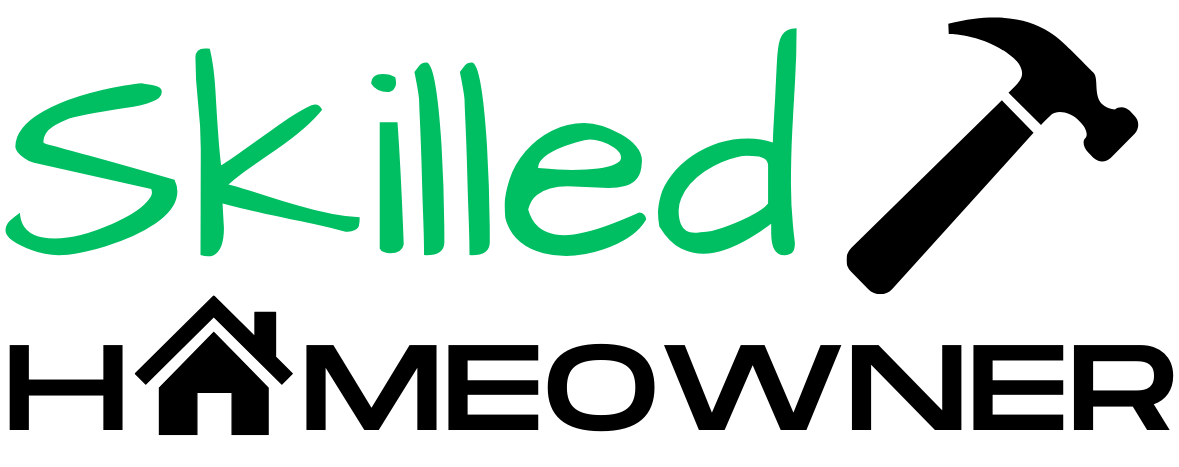Is Dethatching the Same as Aerating?
If you’re looking to have a lush, green lawn this season, keeping up with routine maintenance is critical. But things can get confusing when there are so many terms being thrown around. Is dethatching the same as aerating?
Dethathing is the process of removing organic materials on the surface of your lawn, where aerating extracts small dirt plugs from the soil. Both of these methods sound similar, but they will help your lawn in different ways. Continue reading for a more detailed explanation for each technique.
What is Dethatching?
Dethatching is the process of removing thatch from your lawn. Thatch is made up of living and dead plant matter from leaves, pine needles, and grass clippings. In small amounts thatch can actually benefit your lawn by keeping it moist and providing the soil with vital nutrients.
But when thatch builds up and becomes too thick it can create a dangerous scenario for your lawn. A heavy layer of thatch will block the soil from sunlight and air. As a result, your grass will turn brown and die, because the layer of thatch prevents the soil from getting essential nutrients.
What is Aerating?
Aerating is another maintenance process where you use a tool to remove small pieces of soil from your lawn. The dirt beneath your grass will become compacted over time from regular use. Pressure from people and pets walking on the lawn will compact the dirt and make the ground hard.
The problem is that compacted dirt is not good for your lawns health. Aerating will help loosen up the soil so that moisture and sunlight can travel down into the ground. After aerating a lawn the grass roots will be much longer, which will help make your grass thicker as a result.
Is Dethatching the Same as Aerating?
It’s important to note that you wouldn’t do one of these lawn care tips over the other. Each technique should be included in your annual lawn maintenance routine. Most people will dethatch and aerate their lawn in the late summer, or early fall.
This time of year is ideal, because the grass growing process isn’t as active. On some rare occasions, you might need to do one of these tasks and skip the other. One example is having hard soil without any thatch on the surface.
This could be due to a number of different factors, but having a bag attachment on your mower will help remove excess thatch from grass clippings. On the contrary, you could also have a heavy amount of thatch on your lawn and soft soil. This is more rare but it could be due to environmental conditions.
Lawn Preparation
Whether you’re about to dethatch or aerate your lawn, it’s important to prepare the area before beginning. Clear the grass of any large sticks, pine cones, and anything else that will get in your way.
You will need to work on a clean surface and these debris will only get in your way. Also move any lawn furniture, outdoor tools and children’s toys from the area. You don’t want to damage any of these items during the job, but they can also cause a tripping hazard.
Lastly, if you have a sprinkler system it helps to mark where the heads are on the lawn. Put down flags so you remember where each one is located and you can steer clear of that area. An aerator is a heavy machine and it can damage a sprinkler head if it makes contact with the exterior.
Dethatching a Lawn
There are a handful of ways to figure out if your lawn needs dethatching. For starters, when even is the last time you dethatched your lawn? If you honestly can’t remember, it’s probably time. But you can also tell by placing your hand on the grass. If the surface feels spongy and has some give, it probably needs dethatching.
Dethatching Rake
Not everyone will want to use a heavy piece of equipment for dethatching their lawn. These tools can be expensive and it’s much quicker to use a rake instead. Using a rake works well, but it should only be done on smaller lawns.
It’s important to use a dethatching rake and not a regular rake used for leaves. This tool is specifically designing for removing organic matter from the lawn surface. Don’t forget to bag and dispose of the thatch when you are done.
Power Rake
The other option is to use a power rake. This is a heavy piece of equipment that is either electric, or gasoline powered. These work best on large surface areas and are not really necessary on small yards.
Most hardware stores will have the option to rent one of these tools. A gasoline powered rake is the better option, as you won’t have to worry about dragging around extension cords. It will be easier and get the job done quicker.
Aerating a Lawn
As we mentioned in the sections above, aerating a lawn on a regular basis keeps the grass healthy. Removing small plugs of dirt will loosen up the soil and allow nutrients to enter the ground. You can figure out if your lawn needs aerating with the screwdriver test. If a screwdriver requires force when entering the soil, you will need to aerate the lawn.
Garden Rake
Using a garden rake is one of the most basic ways to aerate your lawn. This tool looks like a regular garden rake, however it has thick metal spikes on the end. You insert these spikes into the ground in order to create holes.
These holes will loosen up compacted dirt to allow water and moisture to enter the soil. It will take a long time to aerate your lawn with a garden rake and a lot of elbow grease. That’s why this process is better for smaller yards.
Machine Aerator
The other option you have when it comes to aerating your lawn is to use a machine aerator. This is a gasoline powered tool and it will get the job done much quicker. It works just like a lawn mower, as you will need to push it over the surface.
Just like power rakes, you can rent a machine aerator at most hardware stores. It’s important to follow a pattern when using this tool, so you cover each section of the lawn. Aerating will only be effective if you pass over every section of the grass.
Final Thoughts
This article began with a question: is dethatching the same as aerating? These are two different lawn maintenance tasks that have many benefits. It’s critical to follow both of these techniques throughout the year and always dethatch before you aerate.
It’s best to dethatch first because you want to remove as much organic matter before aerating. Lawn clippings and other debris will need to be removed to expose the grass. Once this has been done you can then remove small pieces of soil with an aerator.
Further Reading
Search Terms
- Is dethatching the same as aerating?
- Dethatching vs aerating






